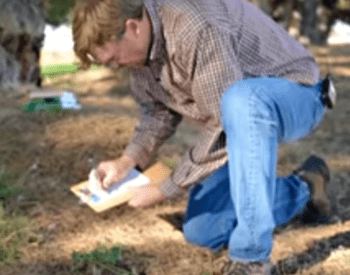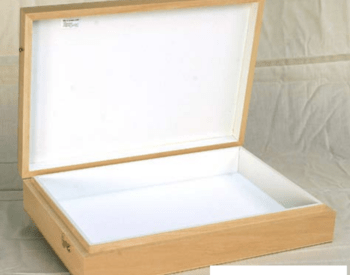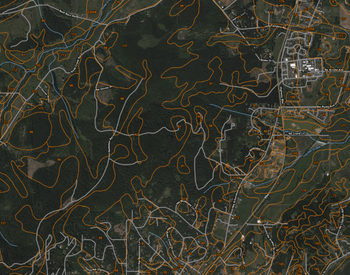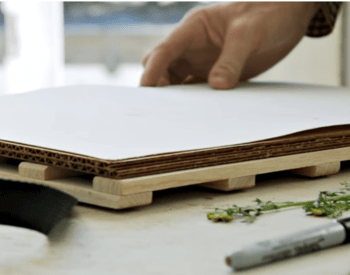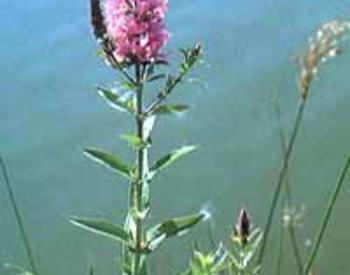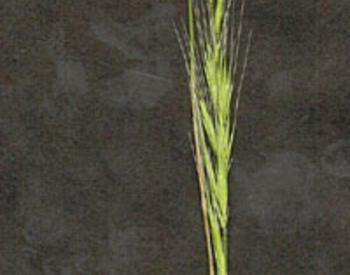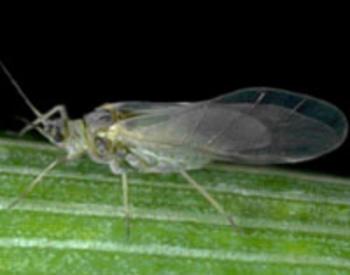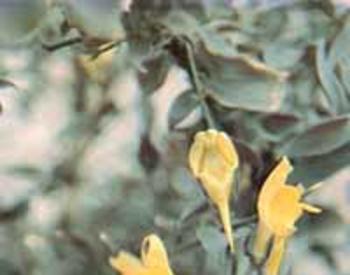Hosts
Wheat, barley, and oats.
Symptoms
Seeds infected can be recognized by soil adhering to the embryo end. The sticky threads (hyphae) hold the soil onto the seed in the region of the embryo, where the infection occurs. Mild Infections may cause reductions in plant population, tillering, and maturation. Adult plants may be stunted and/or chlorotic as if deficient for nitrogen, total plant collapse and decay can occur, heads may contain shriveled grain. All these symptoms often occur uniformly across the field, are subtle, and are difficult to recognize and diagnose. Severe infections cause general root rot.
Cultural Controls
Plant early to allow rapid seed germination and seedling establishment. Use high quality seed.
Chemical Controls
Matylaxyl seed treatment gave 14% yield increase in 7 barley varieties. Apron seed treatment is registered for use on cereals.

